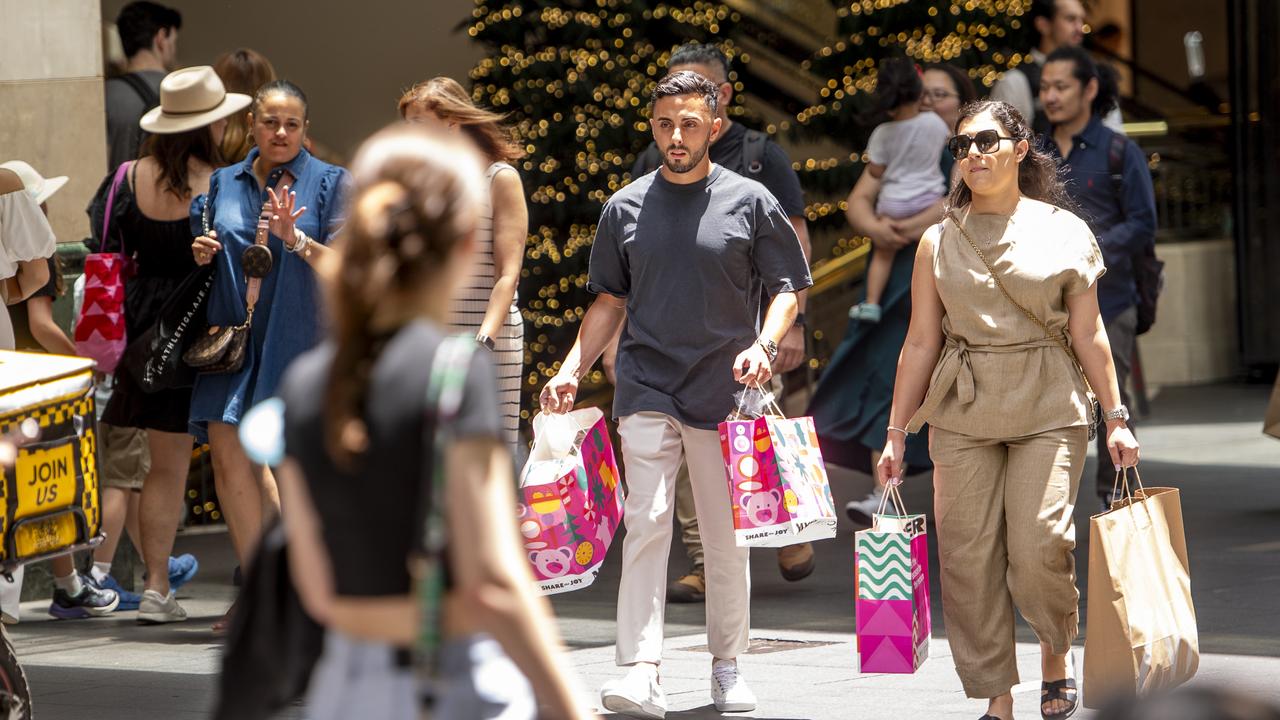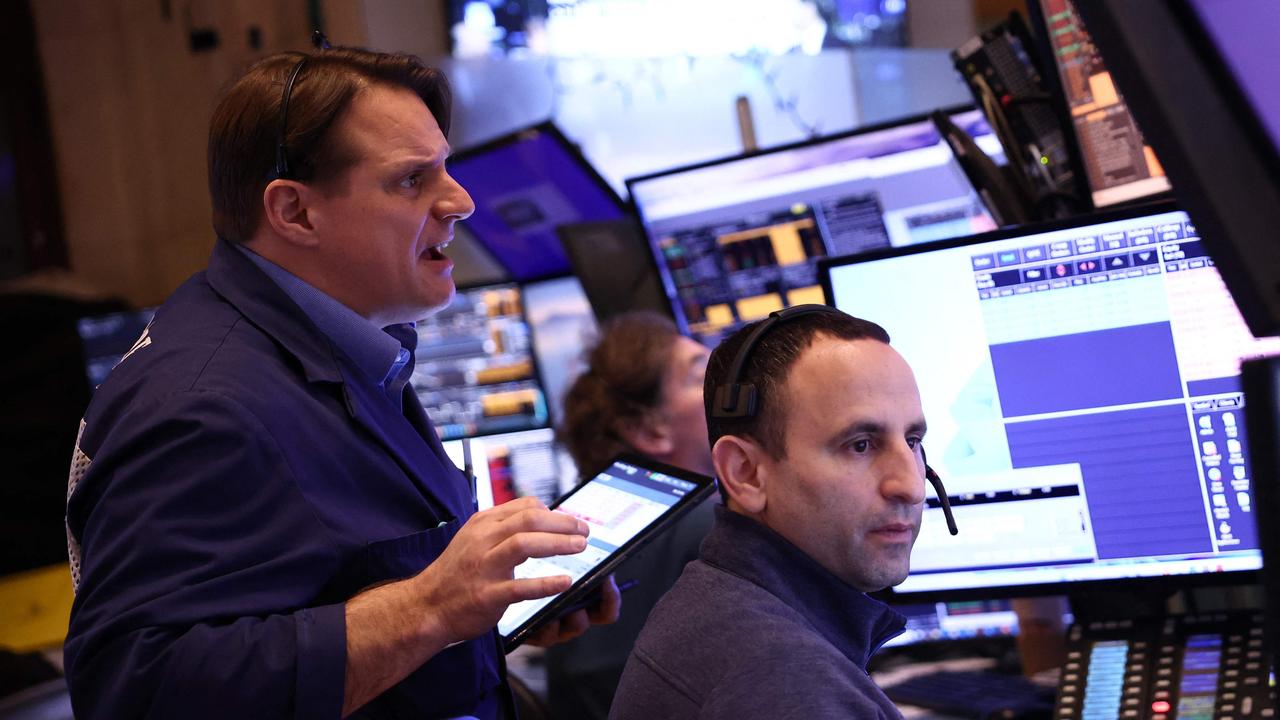Planning to spend big on Valentine’s Day? Post-Christmas gift returns hit $11m
Australians returned more than $11m in gifts, or 88,600 items, in the fortnight after Christmas and it could be down to people cashing in what they can to make ends meet, a data collector says.

Business
Don't miss out on the headlines from Business. Followed categories will be added to My News.
Australians should consider carefully before they splurge on Valentine’s Day gifts, as that expensive present might quickly find its way back to the shop.
A software-based returns vendor recorded about 88,600 items were returned in the two weeks after Christmas.
About 380 Australian received $11m worth of gifts returned for a refund post-Christmas, as the higher cost of living prompted people to consider alternative ways to raise money.
Among the highest number of returns were dresses, accounting for 29.4 per cent or more than 26,000 items.
Trousers, shorts, skirts, leggings and jeans accounted for about 21,800, or 24.6 per cent, of returns followed by tops, such as shirts, t-shorts, blouses and singlets, which comprised 21,500 items, or 24.3 per cent.
While footwear didn’t rank as high, the largest number of returns in that category were thongs and sandals, which accounted for more than one third, or 35 per cent of all footwear returns.
The rising trend has become a huge challenge for retailers, which are often only able to exchange and retain about 50 per cent of the value of returned products.
Between December 26 and January 12, a total of 88,6000 items were returned to retail businesses with a total value of $11m.
Of those, retail stores were able to retain just $5.1m in value and generate $154,000 worth of onselling, according to data from Loop Returns, a software platform that manages the returns process for e-commerce giants like Shopify and partners with global carriers including DHL and Australia Post.
Loop Returns senior vice-president of business development John-David Klausner told The Weekend Australian that returns had become increasingly common thanks to the elevated cost of living expenses.
“Returns fraud and abuse have become a particularly huge challenge – potentially exacerbated by increasing cost-of-living pressures,” he said.

“As returns become a more frequent part of the shopping journey amid economic uncertainty, they also offer retailers a chance to transform potential dissatisfaction into positive experiences that build loyalty, drive retention, and mitigate losses in the long run.”
A total of 70,521 returns were made in a single day on January 6, according to the data.
Over the same period, Loop’s Australian customers saw 1.2 million orders totalling $167.8m with an average order value of $143.
Mr Klausner said retail brands had a particularly tough summer in Australia and the issue was further accentuated by rising customer expectations and fraudulent activity.
“Post Christmas is always the biggest time of year for returns, but we’re seeing even higher return volumes this year – in Australia and globally,” he said.
“To mitigate losses from these types of returns and reduce their negative financial impact, we see many brands trialling new returns policies, such as shorter return windows, charging return fees, and even letting customers keep low-value items rather than return them.”
Some brands were using technology to solve the issue, adopting artificial intelligence-powered virtual try-on software that lets customers see what a product would like on them before making a purchase.
“Looking at post-Christmas data, our Australian merchants were able to retain nearly 50 per cent of the total return value by leveraging tech to offer consumers more than just a return or a refund,” Mr Klausner said.
More Coverage
Originally published as Planning to spend big on Valentine’s Day? Post-Christmas gift returns hit $11m









